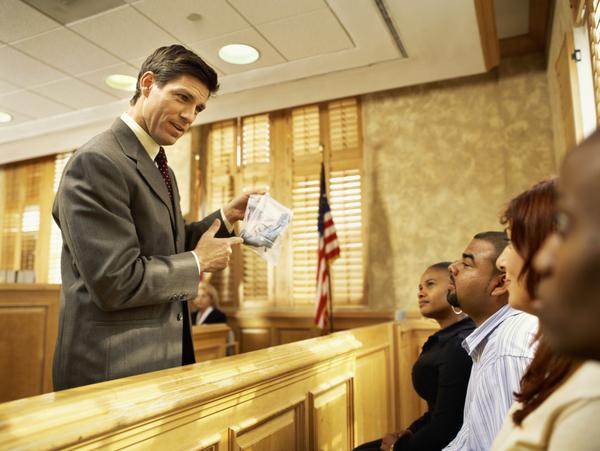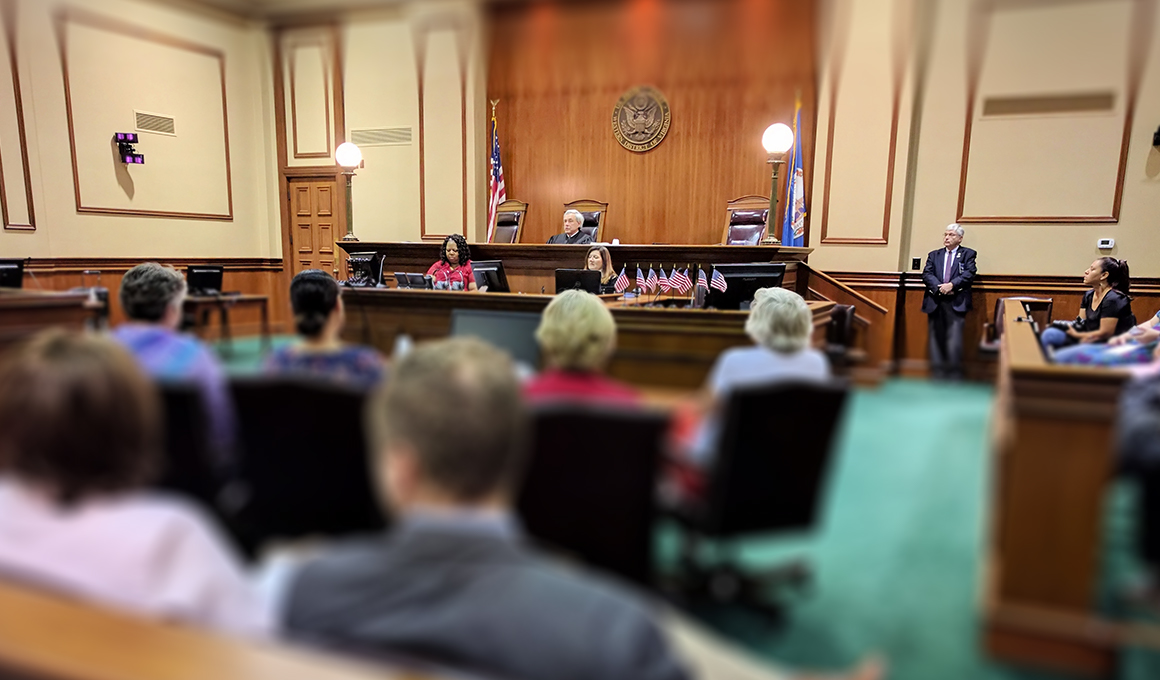Design engaging trial presentations that make complex information accessible.
Design engaging trial presentations that make complex information accessible.
Blog Article
Discover the Relevance of Trial Presentations for Successful Lawful Outcomes
In the realm of litigation, the performance of trial presentations can typically be the decisive factor in protecting positive lawful outcomes. As we discover the vital elements of impactful test presentations, one must take into consideration how these aspects intertwine to affect the final judgment.
Recognizing Trial Presentations
Comprehending trial presentations is critical for legal experts seeking to effectively convey their disagreements and evidence to a jury. A trial presentation functions as a vital tool in the court room, transforming complex legal principles and instance details right into a meaningful story that jurors can easily understand. Lawful practitioners need to recognize that jurors are often laypeople, not familiar with lawful lingo and procedural details. The ability to distill information into clear and compelling visuals, along with dental debates, considerably enhances the possibilities of desirable outcomes.
In addition, the structure and distribution of a trial presentation can affect juror perceptions and decision-making. Effective presentations use a combination of storytelling, visuals, and persuasive methods to engage jurors and preserve their interest throughout the test. This calls for meticulous planning and prep work, as each component must line up with the instance approach and purposes.
On top of that, comprehending the emotional facets of juror actions is essential in crafting a successful test presentation. Lawyers need to take into consideration exactly how jurors interpret information, react to sob stories, and type predispositions. By resolving these aspects, lawyers can create discussions that reverberate with jurors, ultimately aiding in the quest of justice.
Trick Aspects of Reliable Discussions
Effective test discussions rest on a number of crucial elements that collectively improve their performance. First and foremost, clarity is vital; legal debates need to be expressed in a simple way, avoiding lingo that can puzzle the jury. Speakers ought to structure their arguments rationally, guiding the audience through the narrative in a systematic sequence.

Visual aids also play a crucial role in reliable presentations. Well-designed slides, graphes, and graphics can aid boil down complicated info and enhance bottom lines, making them more remarkable. Additionally, using storytelling methods can engage the jury emotionally, developing a link that transcends mere truths.
One more vital element is the speaker's delivery style. Self-confidence, enthusiasm, and suitable body language can dramatically influence exactly how the message is received. Practicing effective eye call and singing variant maintains the court conscientious and invested in the presentation.

Effect On Jury Assumption
The influence of test presentations on court understanding is profound, as the method details is shared can substantially affect jurors' analyses and decisions. Jurors are charged with analyzing intricate information and making decisions based on proof offered during the trial. Efficient presentations that utilize clear visuals, compelling narratives, and arranged web content can boost jurors' understanding and retention of key truths.
Moreover, the emotional tone and distribution of the presentation play an essential role in shaping jurors' perspectives. Discussions that reverberate emotionally can develop compassion and connection, guiding jurors toward the lawyer's point of view. Alternatively, a badly structured or excessively technical presentation can lead to complication and disengagement, leading to undesirable perceptions of the instance.
Furthermore, jurors often rely upon non-verbal signs, such as body movement and eye contact, which can impact their count on the speaker - trial presentations. Attorneys need to be really aware of just how their discussion design can either reinforce or weaken their disagreements. In summary, click to investigate well-executed trial presentations check are essential for leading court assumption and eventually influencing the result of legal proceedings
Methods for Involving Narration
An effective tale needs to resonate with jurors on an emotional level while clearly outlining the realities of the case. This motif offers as a guiding string throughout the discussion, assisting jurors make links and retain info.
Making use of character advancement is critical; humanizing the celebrations entailed allows jurors to feel sorry for their experiences. Introduce vital figures early, offering context and background to make them relatable. In addition, employing a clear structure-- starting with an appealing intro, adhered to by a well-organized body, and concluding with an effective resolution-- makes certain the narrative circulations rationally and preserves juror rate of interest.
Integrating brilliant images and detailed language can even more boost the story, developing mental pictures that make the facts more unforgettable. The use of ornate questions can prompt idea and reflection, triggering jurors to proactively engage with the story. By utilizing these approaches, attorneys can develop narratives that resonate deeply, eventually influencing the court's decision-making procedure.
Enhancing Evidence With Aesthetic Aids
While presenting evidence in a trial, the assimilation of aesthetic aids can considerably enhance understanding and retention amongst jurors. Visual aids, such as charts, charts, photos, and video clips, offer to clarify complex details and produce a much more appealing narrative. By showing key factors, these tools assist jurors to attract links in between evidence and the case's overarching styles.
Moreover, aesthetic help can simplify intricate information that may otherwise bewilder or confuse the court. As an example, a timeline can effectively showcase the series of events, while a diagram can highlight relationships or communications in between parties associated with the instance. This clearness promotes better understanding and assists in informed deliberation.
The critical use aesthetic aids likewise take advantage of the visual knowing choices of numerous jurors, making the here and now evidence extra relatable and remarkable. When jurors can imagine realities, they are more probable to retain vital info, causing better-informed verdicts.
Eventually, efficient trial presentations that include visual help not only reinforce the instance but additionally empower that site jurors to involve proactively in the judicial process, assisting in more equitable lawful results. In summary, improving evidence with aesthetic aids is a critical approach for successful test discussions.

Verdict
In recap, trial presentations offer a crucial function in the lawful procedure by converting intricate legal arguments right into relatable stories for courts. Effective discussions, identified by structured storytelling and aesthetic aids, considerably improve juror understanding and retention of details.
Report this page